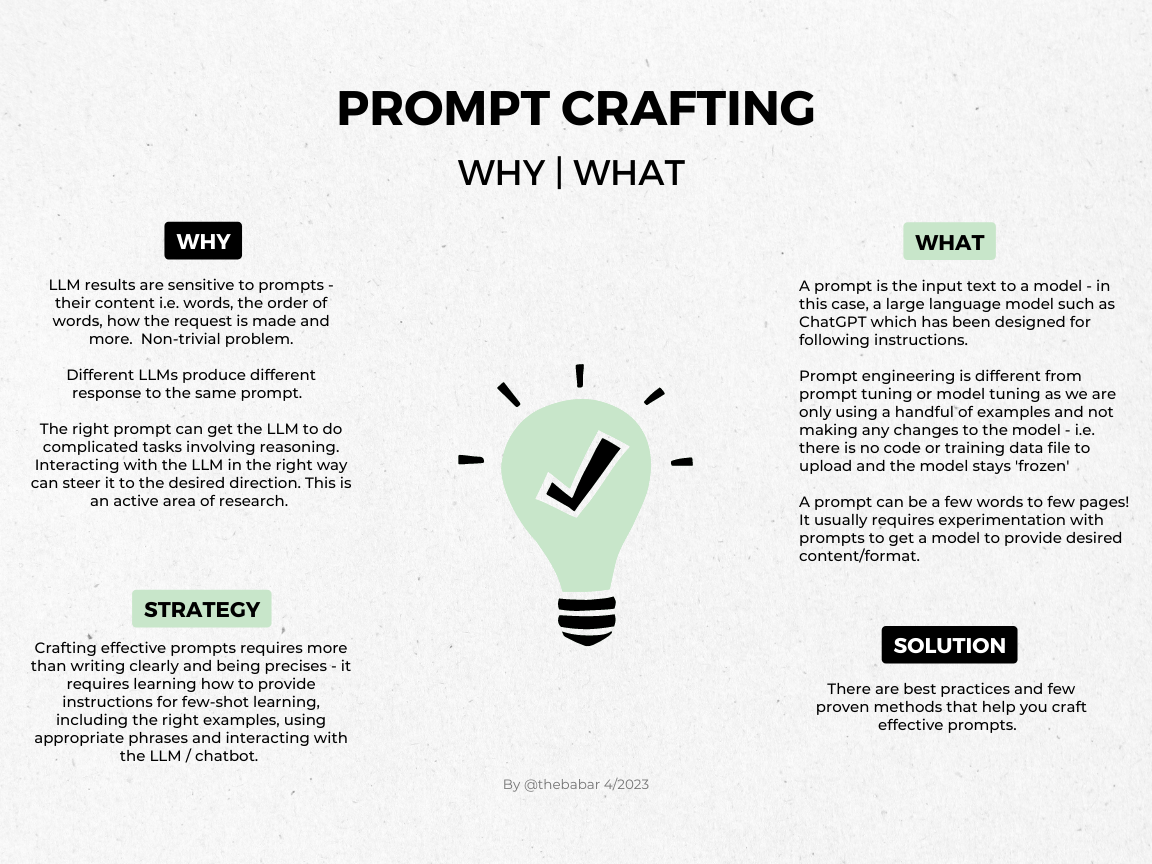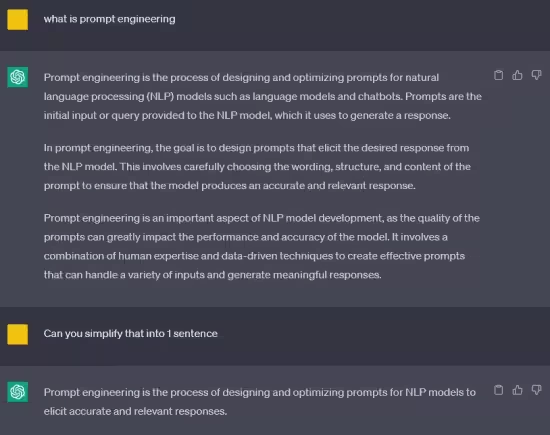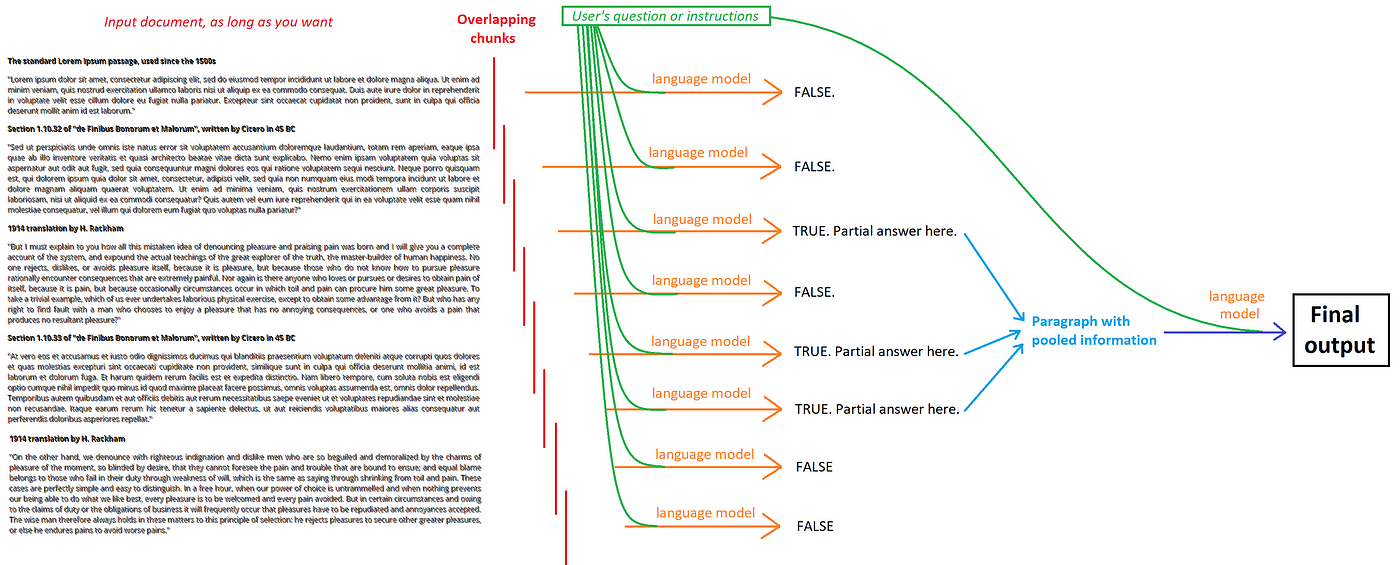The Art of Prompt Engineering - Part 1

Welcome to the first part of our three-part series on the fascinating world of Prompt Engineering. In this instalment, we will explore the concept of Prompt Engineering and its significance in AI technology. From understanding the basics to delving into its practical applications, this blog will take you on an engaging and informative journey. So, let's dive right in!
Understanding Prompt Engineering

Prompt Engineering is a vital process that involves designing and refining prompts to elicit specific responses from AI models. By carefully crafting the instructions given to AI systems, users can shape the behaviour and output of the models to achieve desired outcomes. This technique allows for more accurate and tailored results, making interactions with AI systems more efficient and effective.
Designing Clear and Specific Instructions
Creating prompts that provide clear instructions is essential for prompt engineering. Ambiguous or vague prompts may result in inconsistent or irrelevant responses from AI models. Clear instructions help guide the AI system towards the desired outcome.
Specifying the desired format, structure, or criteria for the response can ensure that the AI model generates outputs that meet the specific requirements of the task at hand.
Providing explicit examples or templates can help illustrate the expected response and guide the AI model in generating accurate outputs.
Considering Context and Domain Knowledge
Prompt engineering requires considering the context in which the AI model will operate. Understanding the specific domain or subject matter can prompt designers to tailor prompts that generate more relevant and accurate responses.
Incorporating domain-specific vocabulary or jargon can help the AI model understand and produce outputs that align with the given context.
Awareness of current events, recent trends, or specific user preferences can further enhance the contextual relevance of prompt engineering.
Iterative Refinement and Feedback Loop
Prompt engineering is an iterative process that involves refining prompts based on feedback and evaluation. By analysing the generated responses and user feedback, prompt designers can identify areas for improvement and adjust the prompts accordingly.
The feedback loop helps identify biases, errors, or inconsistencies in the AI model's responses. This feedback-driven approach allows for continuous learning and enhancement of prompt engineering techniques.
Collaboration with users, domain experts, and other prompt designers can provide valuable insights and diverse perspectives, leading to the refinement and optimisation of prompt engineering strategies.

Adapting Prompts for Different AI Models
Different AI models may have varying capabilities, strengths, and limitations. Prompt engineering involves adapting prompts to suit the AI model's specific characteristics.
Understanding the input requirements, output formats, and nuances of different AI models can help prompt designers to craft prompts that align with their unique functionalities.
Experimentation and testing with different AI models can help identify the most effective prompt-engineering approaches for specific tasks and applications.
Evaluating and Assessing Prompt Performance
Prompt engineering involves evaluating the performance and effectiveness of prompts in generating the desired outputs. Quantitative and qualitative assessment methods can be employed to measure the generated responses' quality, accuracy, and relevance.
Metrics such as precision, recall, or user satisfaction ratings can provide insights into the performance of prompt-engineered AI models.
Continuous evaluation and monitoring of prompt performance enable prompt designers to refine and optimise their techniques, ensuring ongoing improvement in the results generated by AI systems.
The Building Blocks of Prompt Engineering

Prompt engineering involves leveraging the capabilities of AI models through well-crafted prompts. To understand its foundations, it is essential to explore the following aspects:
Understanding Language Models: Language models, such as GPT-3.5, are trained on vast amounts of text data, enabling them to learn grammar, context, and semantic relationships. This foundation allows AI models to generate coherent and relevant text based on the prompts they receive.
Prompt Design Strategies: Crafting effective prompts requires careful consideration. One strategy involves providing explicit instructions and clearly defining the desired outcome. Another approach is to provide context and example inputs to guide the model's response. Experimentation and iterative refinement of prompts are also crucial for achieving optimal results.
Linguistic Nuances: Language is rich in nuances, and prompt designers can utilise these nuances to enhance the performance of AI models. This includes using specific vocabulary, incorporating sentiment or tone, or leveraging cultural references to tailor the generated responses.
The Science Behind Prompt Engineering

Language models, such as GPT-3.5, which powers ChatGPT, are trained on extensive text data. These models learn patterns, grammar, and context from the data to generate coherent and contextually relevant text based on their input. Prompt Engineering taps into this underlying capability of language models to improve their performance. To create effective prompts, it is essential to have a clear understanding of the task or goal you want to achieve. Define the problem you wish the AI model to solve or the information you seek. You can then proceed with the following steps to ensure your prompts yield the desired results:
Specify Input Format
Provide Context: Including relevant background information or context helps the AI model better understand the task at hand.
Add Instructions: Clearly state the instructions and requirements for the desired response. This could include asking the model to summarise a text, answer specific questions, or generate creative content.
Control Output Length
Set Word Count: Specify the desired length of the generated response to ensure it meets your requirements.
Contextual Generation: Request the AI model to generate a response within a given context, ensuring coherence and relevance.
Fine-Tuning
Fine-tuning involves training the language model on custom datasets or specific prompts to improve its performance on certain tasks. By providing the model with additional training examples and prompts relevant to your particular domain, you can optimise its responses for your intended use case.
Applications of Prompt Engineering

Prompt Engineering has many practical applications across various industries and domains. Here are some examples:
Content Generation
Prompt Engineering can be used to generate engaging blog posts, news articles, product descriptions, or even creative pieces such as poetry. You can obtain high-quality, customised content by providing the AI model with specific instructions and context.
Customer Support
Prompt Engineering can enhance the customer support experience by enabling AI models to provide accurate and helpful responses to customer queries. Businesses can offer efficient and personalised support by prompt-engineering the models to understand and address common customer concerns.
Language Translation
Users can leverage AI models to obtain reliable and quick translations between different languages by designing prompts that require translations. This can be immensely useful for individuals, businesses, and organisations that require multilingual communication.
Code Generation
Prompt Engineering can facilitate the generation of code snippets, assisting programmers in automating repetitive tasks or providing solutions to coding challenges. Developers can obtain code snippets tailored to their needs by crafting prompts that outline specific programming requirements.
Ethical Considerations in Prompt Engineering
As AI technology continues to advance, prompt engineering raises important ethical considerations. Let's explore some key aspects:
Bias and Fairness: Bias can inadvertently manifest in AI-generated content. Prompt engineering must be mindful of potential biases in the training data and the prompts provided to ensure fairness and prevent the reinforcement of stereotypes or discriminatory outcomes.
Transparency and Explainability: The process of prompt engineering should prioritise transparency to enable users to understand how AI models arrive at their responses. This includes providing information about the training data, prompt formulation, and the limitations of the AI system.
Responsible Use of AI: Ethical prompt engineering entails the responsible use of AI technology. This includes considering privacy concerns, obtaining proper consent for data usage, and ensuring that AI-generated content is not used to deceive or manipulate users.
In a Nutshell
Prompt Engineering is a powerful tool that empowers users to interact with AI systems more effectively. By carefully designing and refining prompts, users can influence the behaviour and output of AI models, resulting in more accurate and tailored responses.
In the next part of this series, we will delve deeper into advanced techniques and real-world examples of Prompt Engineering. Stay tuned to unleash the full potential of this fascinating field!
How much is a great User Experience worth to you?
Browsee helps you understand your user's behaviour on your site. It's the next best thing to talking to them.


